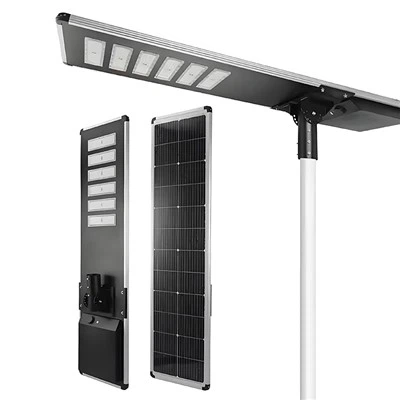What is an Explosion Proof or Hazardous Location Light?

Hazardous Location and Explosion Proof are two different concepts. These region designations demand various methods.
Designated Explosion-Proof Areas
Class I, Division 1 ratings are often assigned to explosion proof lights. They must stop components with high voltage and amperage from acting as an ignition source. The elements that produce sparks are enclosed in a substantial enclosure. The device prevents hot gases from getting through in the event that vapours or gas seep in and catch fire. nonetheless, permits the passage of chilly gases via joints.
Areas with Designated Hazardous Locations
Hazardous places in North America are categorised into classes, divisions, and zones.
Class and Divisions System (Only US & Canada):
- Under typical working conditions, ignitable quantities of flammable gases, vapours, or liquids may exist constantly or sometimes in Class I, Division 1.
- Where ignitable quantities of flammable gases, vapours, or liquids are unlikely to exist under typical working circumstances is Class I, Division 2.
- Groups A, B, C, and D of Class I include acetylene, hydrogen, ethylene, and propane.
- Under typical working circumstances, ignitable quantities of flammable dusts may occur constantly or sometimes in Class II, Division 1.
- Where ignitable quantities of flammable dusts are not anticipated to exist under typical operating circumstances is Class II, Division 2.
Class II Groups E and F for metal dust, G and G for grain dust
- Under typical working circumstances, ignitable concentrations of ignitable fibres and flyings may occur constantly or sometimes in Class III, Division 1.
- Where ignitable concentrations of ignitable fibres and flyings are not anticipated to exist under typical working circumstances is Class III, Division 2.
Systems for Zones (IECEx/Canada & US)
According to the frequency and duration of an explosive gas/dust environment, hazardous places are divided into the following Zones:
Zone 0, 20 - Continuously, regularly, or for extended periods of time, a potentially combustible environment is present.
Zone 1, 21: Occasionally, during routine operation, a potentially flammable environment is likely to exist.
Zone 2, 22: If a potentially flammable environment does arise during regular operation, it will only last for a short time.






